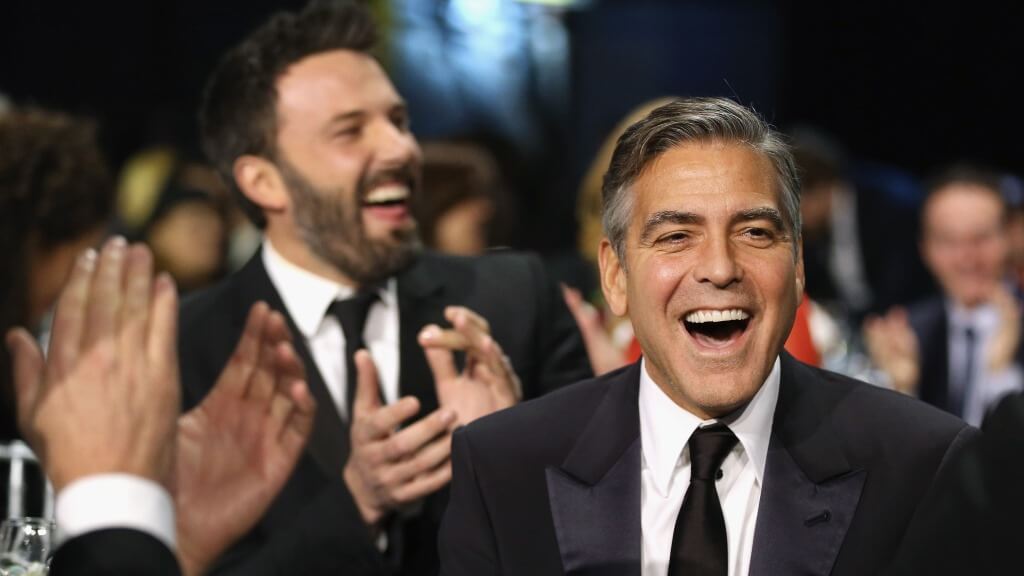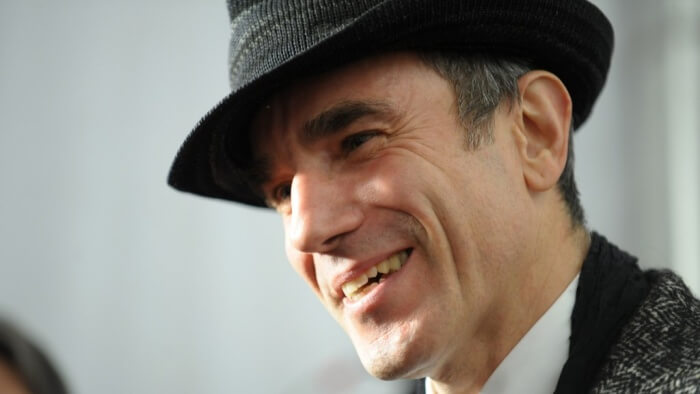Plot, character, theme and emotion - it's what good movies are all about. Content marketing is no different. Here's a masterclass in making your brand shine like an Oscar statuette.
What Can Content Marketing Learn From Film?
Plot, character, theme and emotion - it's what good movies are all about. Content marketing is no different. Here's a masterclass in making your brand shine like an Oscar statuette.

Are you willing to give me two hours of your time? Don’t worry; this article won’t be that long of a read – but the question still remains. In content marketing, we often report on dwell time to determine the success of a piece of content.
This helps us understand if that content resonated well with an audience or fell flat on its face. So, two hours might seem like a lot to ask, but this is something we willingly offer nearly every time we watch a blockbuster film.
Some of the most loved films are over 3 hours long
When we enter a cinema or stream a movie online, a considerable amount of our precious time is being dedicated to one piece of content. Meanwhile, in Medialand, many brands are hoping consumers will spend even 30 seconds with their content. In fact, research from web analytics company Chartbeat found that 55 per cent of readers spent fewer than 15 seconds on a webpage.
This seems like a major disconnect – after all it is still a human being on either end with the same interests and behaviours towards content. With this in mind, I wanted to take a closer look at the film industry and understand how it holds our attention and in some instances, keeps us coming back for more.
Whether we are falling in love with the characters, or anticipating the next sequel(s), there are a few things marketers can learn from the film industry when it comes to capturing an audience’s attention for long periods of time. Similarly for brands, we should be aiming to create pieces of content that will encourage repeat viewers or visitors to become subscribers or regular readers.
Long-form storytelling: take me on a journey
Content marketing’s strongpoint is that it helps brands tell their story. However these stories are often told in short bursts, or campaign windows. When this happens, the content becomes at risk of only telling the campaign’s story. The consequence of this could mean that after each campaign, the audience drops off as the following campaign might not be relevant to them.
Consider some of the largest film franchises: Harry Potter, Lord of the Rings/The Hobbit, Star Wars. Each film in the franchise has a connected storyline. Brands should consider how they can take consumers on a journey from one campaign or piece of content to the next.
However, the journey isn’t only limited to films with sequels. For standalone films, it is often the characters themselves, who take the viewer on this journey.
Character development: give me an emotional connection
Earlier this year, I attended The Story, a conference on storytelling, and heard from various types of storytellers. One group that stood out were Clean Break, a theatre company set up by two women prisoners in 1979.
They suggested that the best way to write a story is to spend time with the audience you want to tell a story about. I found this to be quite a powerful statement. How often do we spend time with the audiences our brands are targeting?
More importantly, how often do we forget that a ‘consumer’ can be a parent, a friend, a lover, or even yourself? With content it is critical to remember that the reader or viewer is a human first and a consumer second, otherwise the emotional or personal connection to the content can get lost.
In films, characters offer the viewer an opportunity to connect with the plot on an emotional level through relatable moments. For every difficult decision you’ve made that you didn’t want in life, there’s Michael Corleone or for every broken heart you’ve had there’s [insert most of Julia Robert’s characters].
More recently, Whiplash’s Terence Fletcher, portrayed by Academy Award winner J.K. Simmons takes the viewer through a range of emotions from pride to fear. It’s a feeling that many of us can relate to when working towards our goals.
It's best to be on Fletcher's tempo…
It’s difficult to fully appreciate a film without feeling any connection to the story. Therefore, it would also be difficult to appreciate a brand’s content without any emotional or personal connection. We must remember to connect to our audiences on this personal level with our content.
Shared experiences: make me part of a community and inspire me to talk about it
Watching a film is quite a personal experience – we develop our own interpretations of the content as we experience it for the first time. However, films are created for the masses – producers are anticipating audiences in their hundreds of thousands or millions to view the film over a period of time.
This means that feeling connected to a film’s plot and characters is only part of the picture. Once you become involved in the film, you are now part of a group that shares this connection. This creates a herding or group mentality, whether you loved the film or not, that allows you to share your experience with others.
Think of Star Trek, Twilight, Bond or The Hunger Games, each of these films have very strong themes that can unify viewers and sometimes polarise fan bases.
Sometimes, the most enjoyable part about watching a film is talking about the film with others who have shared that experience. The end goal is for the viewer to talk or share the film with others that will then go on to watch it. This is also what we should be aiming for in content marketing.
Your content should be built with the aim of being shared or discussed after consuming. It is less likely to be memorable or impactful content if the consumer can’t retell the story on their own.
Thanks for signing up to Minutehack alerts.
Brilliant editorials heading your way soon.
Okay, Thanks!



